×
![]()
seqsolve1: Instance-to-Instance Comparison Results
| Type: | Instance |
| Submitter: | Irv Lustig |
| Description: | The 3 problems in this group (seqsolve1-seqsolve3) represent a hierarchical optimization process, which is derived from a customer problem for assigning people to sites into blocks of time on days of the week. The specialty of this submission is that the best known solution for seqsolveX can be used as a MIP start for seqsolveX+1. For a description of the connections between the problems, please refer to the README.txt contained in the model data for this submission, which also includes MIP start files and a Gurobi log file. |
| MIPLIB Entry |
Parent Instance (seqsolve1)
All other instances below were be compared against this "query" instance.  |
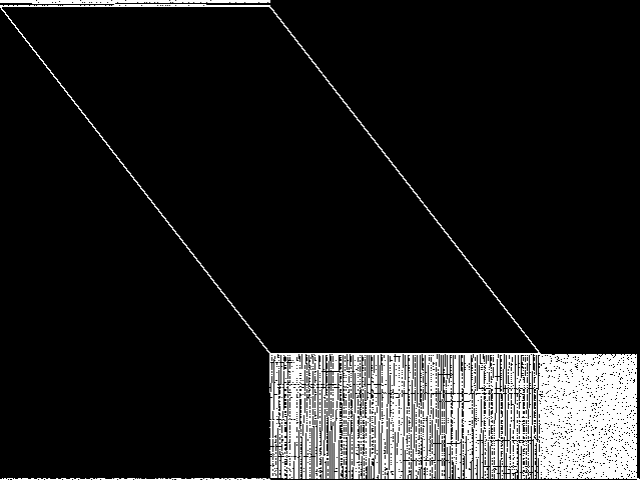 |
 |
 |
 |
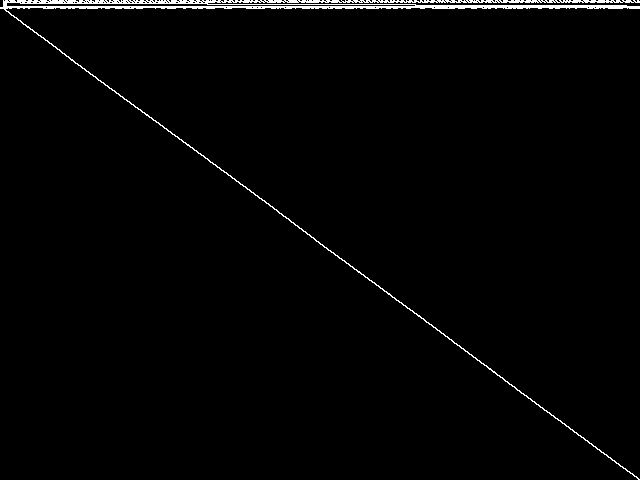 |
|
Raw
This is the CCM image before the decomposition procedure has been applied.
|
Decomposed
This is the CCM image after a decomposition procedure has been applied. This is the image used by the MIC's image-based comparisons for this query instance.
|
Composite of MIC Top 5
Composite of the five decomposed CCM images from the MIC Top 5.
|
Composite of MIPLIB Top 5
Composite of the five decomposed CCM images from the MIPLIB Top 5.
|
Model Group Composite Image
Composite of the decomposed CCM images for every instance in the same model group as this query.
|
MIC Top 5 Instances
These are the 5 decomposed CCM images that are most similar to decomposed CCM image for the the query instance, according to the ISS metric.  |
Decomposed
These decomposed images were created by GCG.
|
 |
 |
 |
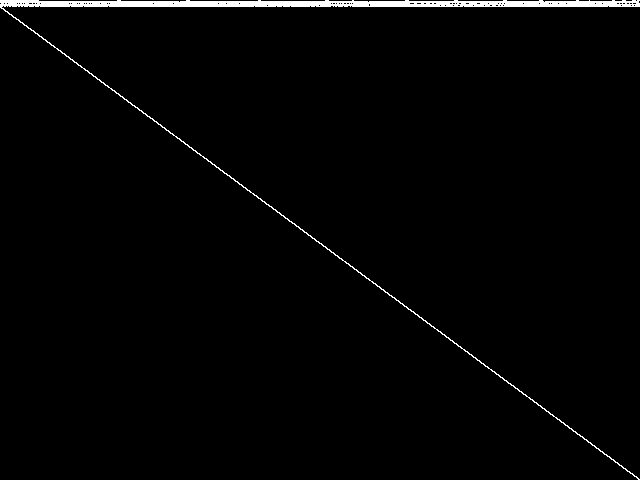 |
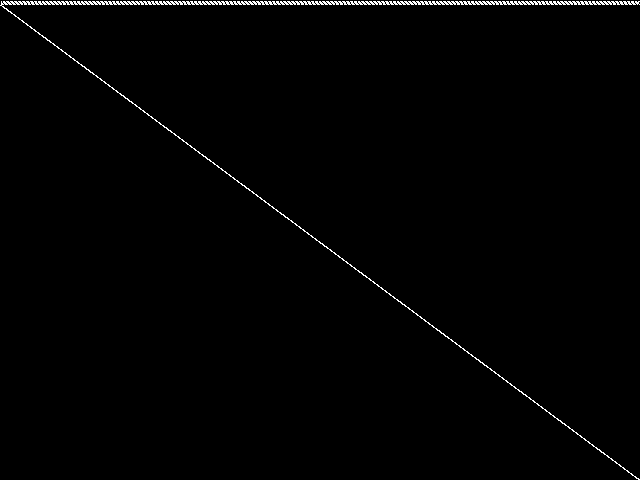 |
| Name | seqsolve2short4288 [MIPLIB] | seqsolve3short4288excess384 [MIPLIB] | brasil [MIPLIB] | n3div36 [MIPLIB] | neos-3381206-awhea [MIPLIB] | |
|
Rank / ISS
The image-based structural similarity (ISS) metric measures the Euclidean distance between the image-based feature vectors for the query instance and all other instances. A smaller ISS value indicates greater similarity.
|
1 / 0.017 | 2 / 0.027 | 3 / 0.202 | 4 / 0.212 | 5 / 0.216 | |
|
Raw
These images represent the CCM images in their raw forms (before any decomposition was applied) for the MIC top 5.
|
 |
 |
 |
 |
 |
MIPLIB Top 5 Instances
These are the 5 instances that are most closely related to the query instance, according to the instance statistic-based similarity measure employed by MIPLIB 2017  |
Decomposed
These decomposed images were created by GCG.
|
 |
 |
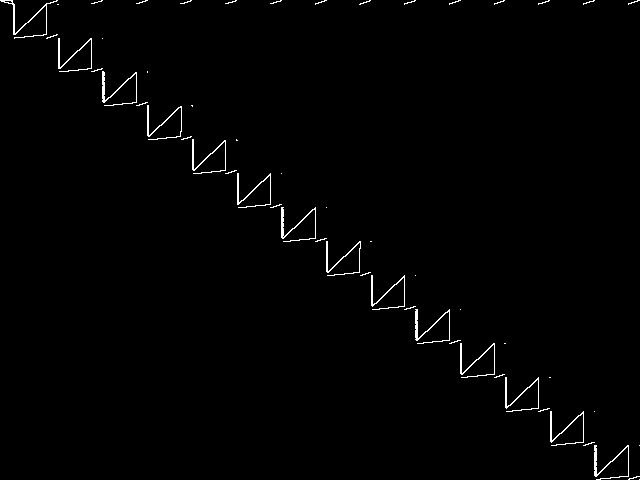 |
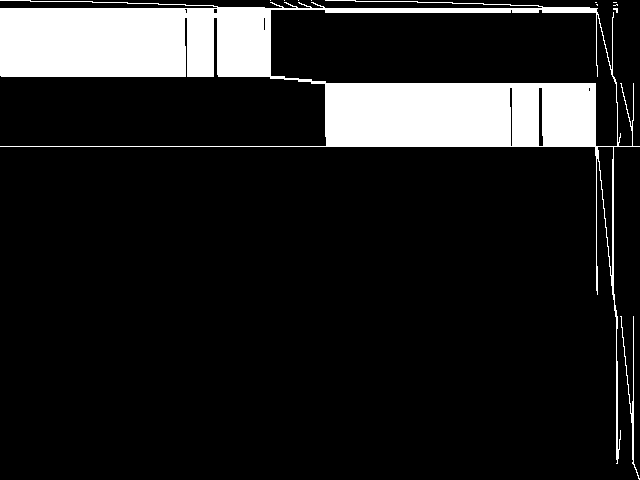 |
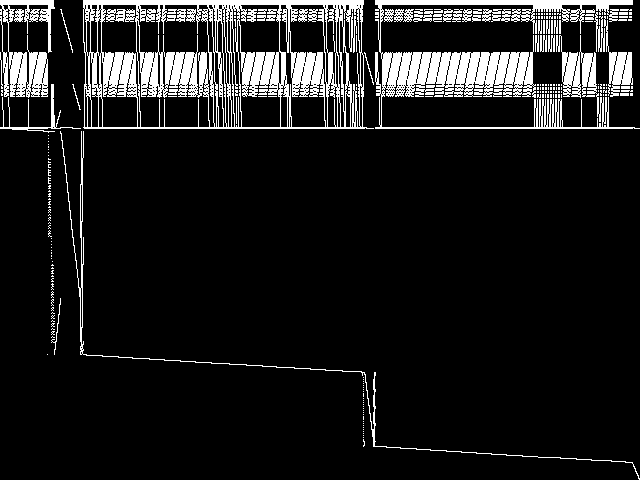 |
| Name | seqsolve2short4288 [MIPLIB] | seqsolve3short4288excess384 [MIPLIB] | allcolor58 [MIPLIB] | fhnw-binschedule0 [MIPLIB] | fhnw-binschedule2 [MIPLIB] | |
|
Rank / ISS
The image-based structural similarity (ISS) metric measures the Euclidean distance between the image-based feature vectors for the query instance and all model groups. A smaller ISS value indicates greater similarity.
|
1 / 0.017 | 2 / 0.027 | 147 / 0.830 | 440 / 1.384 | 837 / 2.221 | |
|
Raw
These images represent the CCM images in their raw forms (before any decomposition was applied) for the MIPLIB top 5.
|
 |
 |
 |
 |
 |
Instance Summary
The table below contains summary information for seqsolve1, the five most similar instances to seqsolve1 according to the MIC, and the five most similar instances to seqsolve1 according to MIPLIB 2017.
| INSTANCE | SUBMITTER | DESCRIPTION | ISS | RANK | |
|---|---|---|---|---|---|
| Parent Instance | seqsolve1 [MIPLIB] | Irv Lustig | The 3 problems in this group (seqsolve1-seqsolve3) represent a hierarchical optimization process, which is derived from a customer problem for assigning people to sites into blocks of time on days of the week. The specialty of this submission is that the best known solution for seqsolveX can be used as a MIP start for seqsolveX+1. For a description of the connections between the problems, please refer to the README.txt contained in the model data for this submission, which also includes MIP start files and a Gurobi log file. | 0.000000 | - |
| MIC Top 5 | seqsolve2short4288 [MIPLIB] | Irv Lustig | The 3 problems in this group (seqsolve1-seqsolve3) represent a hierarchical optimization process, which is derived from a customer problem for assigning people to sites into blocks of time on days of the week. The specialty of this submission is that the best known solution for seqsolveX can be used as a MIP start for seqsolveX+1. For a description of the connections between the problems, please refer to the README.txt contained in the model data for this submission, which also includes MIP start files and a Gurobi log file. | 0.017486 | 1 |
| seqsolve3short4288excess384 [MIPLIB] | Irv Lustig | The 3 problems in this group (seqsolve1-seqsolve3) represent a hierarchical optimization process, which is derived from a customer problem for assigning people to sites into blocks of time on days of the week. The specialty of this submission is that the best known solution for seqsolveX can be used as a MIP start for seqsolveX+1. For a description of the connections between the problems, please refer to the README.txt contained in the model data for this submission, which also includes MIP start files and a Gurobi log file. | 0.026554 | 2 | |
| brasil [MIPLIB] | MIPLIB submission pool | Imported from the MIPLIB2010 submissions. | 0.202206 | 3 | |
| n3div36 [MIPLIB] | R. Meirich | Static line planning models on the Dutch IC network. Solved with Gurobi 4.5.1 on a 12-core Linux system in 1700.37 sec. | 0.212498 | 4 | |
| neos-3381206-awhea [MIPLIB] | Jeff Linderoth | (None provided) | 0.216180 | 5 | |
| MIPLIB Top 5 | seqsolve2short4288 [MIPLIB] | Irv Lustig | The 3 problems in this group (seqsolve1-seqsolve3) represent a hierarchical optimization process, which is derived from a customer problem for assigning people to sites into blocks of time on days of the week. The specialty of this submission is that the best known solution for seqsolveX can be used as a MIP start for seqsolveX+1. For a description of the connections between the problems, please refer to the README.txt contained in the model data for this submission, which also includes MIP start files and a Gurobi log file. | 0.017486 | 1 |
| seqsolve3short4288excess384 [MIPLIB] | Irv Lustig | The 3 problems in this group (seqsolve1-seqsolve3) represent a hierarchical optimization process, which is derived from a customer problem for assigning people to sites into blocks of time on days of the week. The specialty of this submission is that the best known solution for seqsolveX can be used as a MIP start for seqsolveX+1. For a description of the connections between the problems, please refer to the README.txt contained in the model data for this submission, which also includes MIP start files and a Gurobi log file. | 0.026554 | 2 | |
| allcolor58 [MIPLIB] | Domenico Salvagnin | Prepack optimization model. | 0.830095 | 147 | |
| fhnw-binschedule0 [MIPLIB] | Simon Felix | Scheduling/assignment for an industrial production pipeline | 1.384397 | 440 | |
| fhnw-binschedule2 [MIPLIB] | Simon Felix | Scheduling/assignment for an industrial production pipeline | 2.221050 | 837 |
seqsolve1: Instance-to-Model Comparison Results
| Model Group Assignment from MIPLIB: | seqsolve |
| Assigned Model Group Rank/ISS in the MIC: | 1 / 0.019 |
MIC Top 5 Model Groups
These are the 5 model group composite (MGC) images that are most similar to the decomposed CCM image for the query instance, according to the ISS metric.  |
These are model group composite (MGC) images for the MIC top 5 model groups.
|
 |
 |
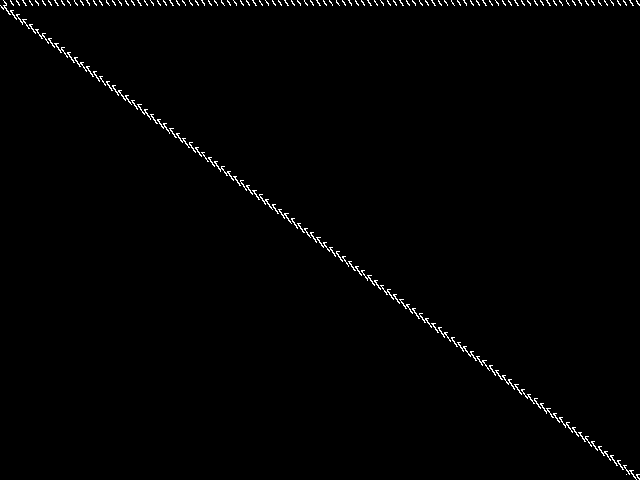 |
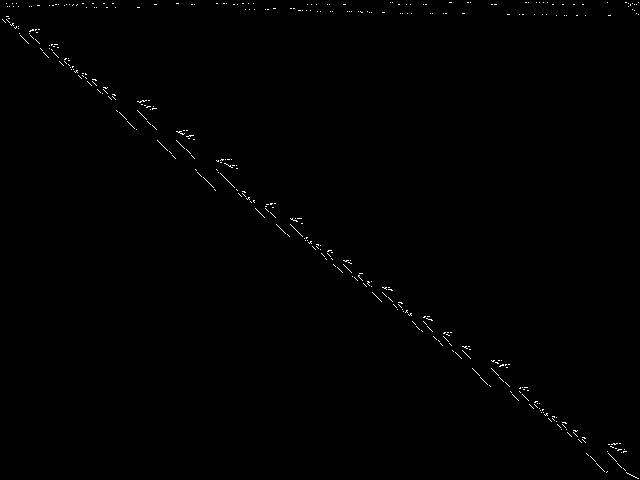 |
 |
| Name | seqsolve | radiation | n37 | sp_product | ab | |
|
Rank / ISS
The image-based structural similarity (ISS) metric measures the Euclidean distance between the image-based feature vectors for the query instance and all other instances. A smaller ISS value indicates greater similarity.
|
1 / 0.019 | 2 / 0.511 | 3 / 0.591 | 4 / 0.794 | 5 / 0.796 |
Model Group Summary
The table below contains summary information for the five most similar model groups to seqsolve1 according to the MIC.
| MODEL GROUP | SUBMITTER | DESCRIPTION | ISS | RANK | |
|---|---|---|---|---|---|
| MIC Top 5 | seqsolve | Irv Lustig | The 3 problems in this group (seqsolve1-seqsolve3) represent a hierarchical optimization process, which is derived from a customer problem for assigning people to sites into blocks of time on days of the week. The specialty of this submission is that the best known solution for seqsolveX can be used as a MIP start for seqsolveX+1. For a description of the connections between the problems, please refer to the README.txt contained in the model data for this submission, which also includes MIP start files and a Gurobi log file. | 0.019458 | 1 |
| radiation | Gleb Belov | Linearized Constraint Programming models of the MiniZinc Challenges 2012-2016. I should be able to produce versions with indicator constraints supported by Gurobi and CPLEX, however don't know if you can use them and if there is a standard format. These MPS were produced by Gurobi 7.0.2 using the MiniZinc develop branch on eb536656062ca13325a96b5d0881742c7d0e3c38 | 0.511287 | 2 | |
| n37 | J. Aronson | Fixed charge transportation problem | 0.591361 | 3 | |
| sp_product | MIPLIB submission pool | Imported from the MIPLIB2010 submissions. | 0.793753 | 4 | |
| ab | MIPLIB submission pool | Imported from the MIPLIB2010 submissions. | 0.796323 | 5 |

